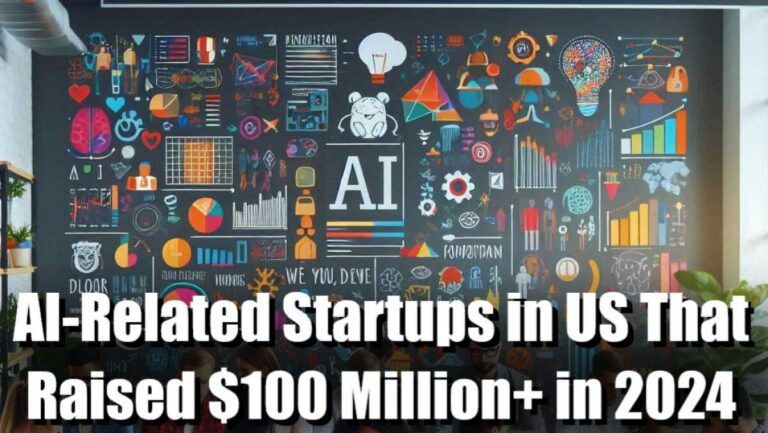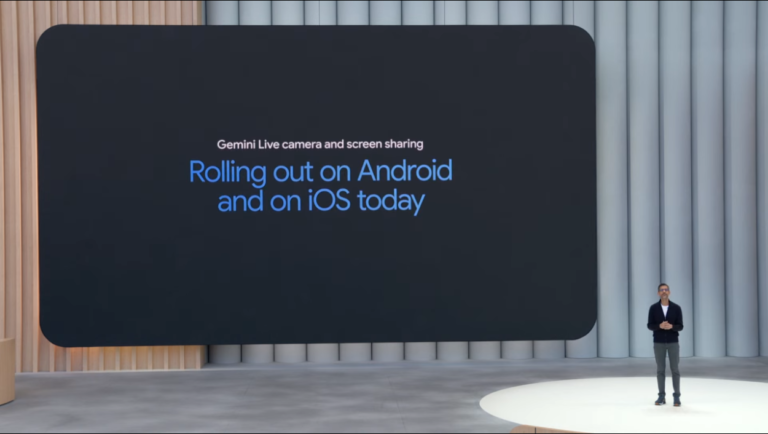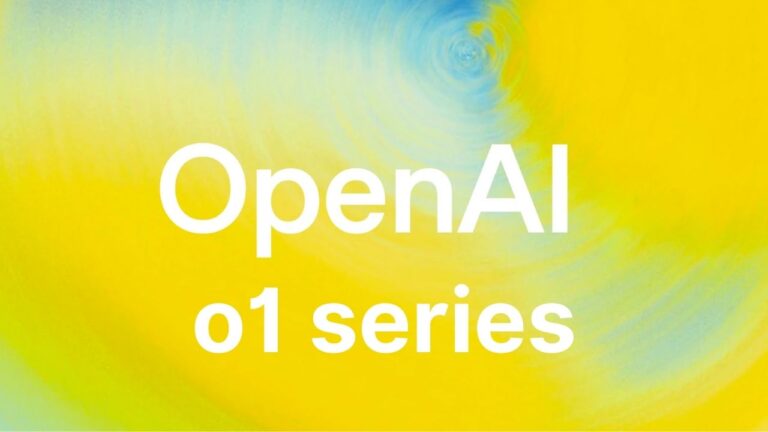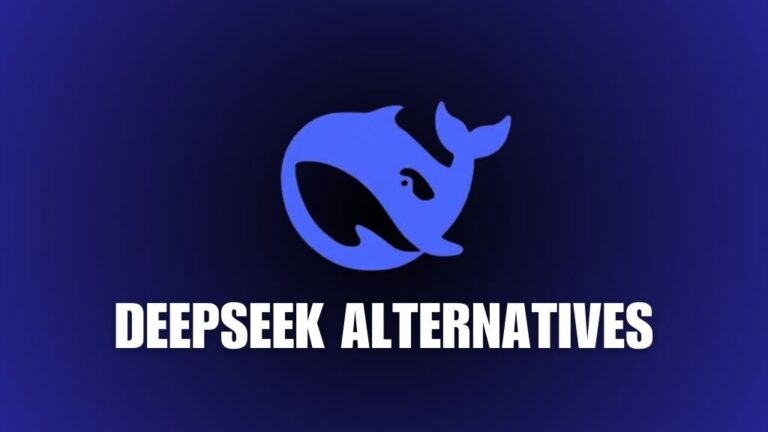Competitors of ChatGPT in 2024: List of Top 6 AI Tools
We have made the list of the top six competitors of ChatGPT in 2024, as ChatGPT is ruling the AI market as of now but we have some other good tools too.
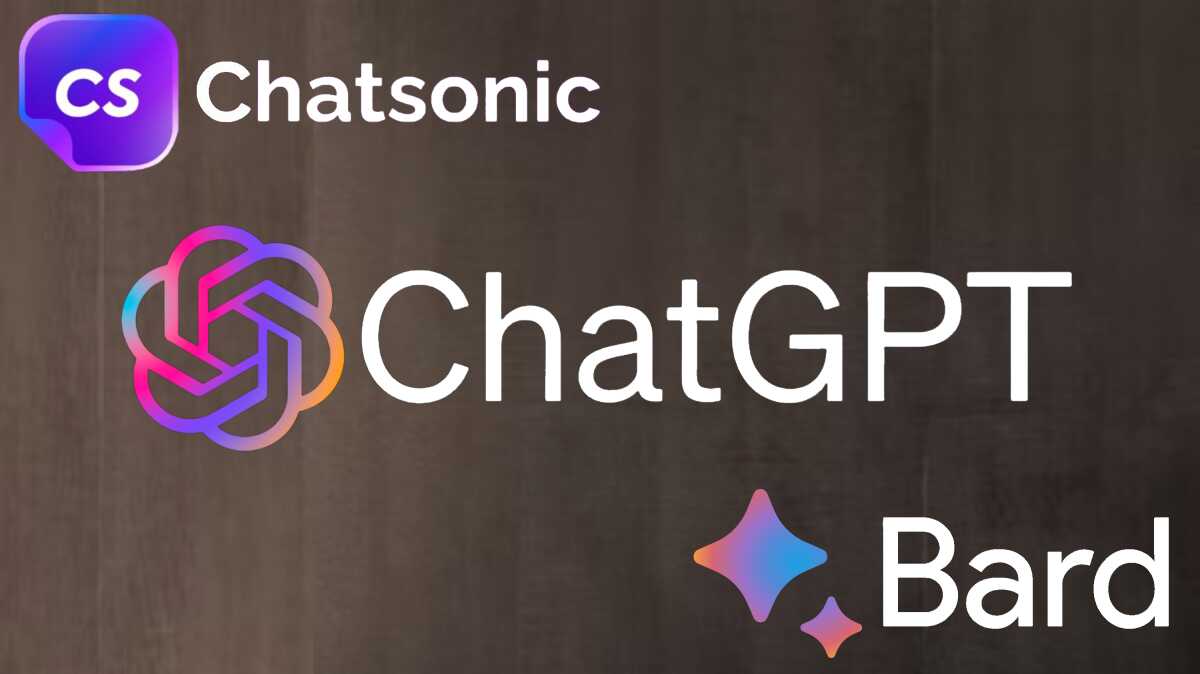
ChatGPT’s release was nothing short of a sensation. Everywhere, everybody was talking about it. Suddenly, the world became privy to the potential of artificial intelligence. And OpenAI was the first to show it to the world.
The release of ChatGPT was like a stone dropped into water. Soon, ripples were everywhere. Google, Microsoft, Facebook, and others started throwing tremendous resources into the development of their LLMs (Large Language Models). Now, more than a year and a half after ChatGPT, various AI services have become available that rival OpenAI’s model. Here is a list of the top 6 competitors of ChatGPT.
Competitors of ChatGPT in 2024
1. Google Bard (LaMDA):
Heading the list is Google Bard, a Language Model for Dialogue Application (LaMDA). As the name suggests, Bard is an artificial intelligence that powers dialogue-based applications. Google built LaMDA, which is a Large Language Model, to enable AI to generate text that would be undifferentiable from human speech, at least in theory.
The use of LaMDA has been widespread for the general creation of AI programs. The Large Language Model of GPT-3, the engine powering ChatGPT, has also been derived from the mentioned LLM. While Bard is not as popular as OpenAI’s program, in terms of a wide data set and AI capabilities, it is second to none.
2. ChatSonic API:
Trailing just behind the lead is ChatSonic API, another AI program tied with Google. Created by Writesonic, ChatSonic is a pre-trained dialogue generation model that generates content by taking input from a variety of sources including blogs, long-form articles, and even internet advertisements.
This AI chatbox is integrated with Google for the provision of multi-turn conversations. Paired with the search engine, it provides up-to-date, hyper-relevant, and factual content on any topic. Essentially, it enhances Google’s search results. ChatSonic’s programming is geared towards conversational responses, meaning it functions extremely well in customer service sort of situations. Also, its capabilities include a wide array of 16 personas. That means users can achieve a high degree of personalization in the response.
3. Facebook’s RoBERTa (Robustly Optimized BERT Pre-Training Approach):
The guys and gals at the R&D department of Facebook AI developed BERT, standing for Bidirectional Encoder Representations from Transformers. Add two more initials in front and you get RoBERTa.
Facebook’s RoBERTa, standing for Robusting Optimized BERT Approach, is a beefed-up version of BERT. It uses additional techniques and training data for better dealing with a variety of NLP (Natural Language Processing) tasks. With natural language inference and advanced language understanding, RoBERTa has generated some great-looking results on standard benchmarks. One of its signature capabilities, though not limited to this LLM alone, is the understanding of a sentence with respect to its context. NLP researchers love stuff like that.
4. Microsoft’s GPT-3:
Behind Google’s service is Microsoft. The name of the AI program is similar to OpenAI, and that is because it is like an upgraded version of ChatGPT. Both models are similar with regard to their architecture and capabilities. Microsoft offers this service in its suite of Azure cloud tools, available to business customers.
GPT-3 happens to be one of the most robust Large Language Models in existence. It has some 175 billion parameters and that justifies its widespread use for jobs like content creation, chatbots, and language translation. So Microsoft’s GPT-3 is going to be a gigantic database with a high accuracy rate, which means OpenAI could be in trouble. But GPT-3’s functionalities don’t stop there. The model can parse language, meaning it can perform jobs like summarizing content, analyzing the writing style of text, and emulating it to some extent, as well as generating ideas for a variety of tasks. Such jobs are especially needed by business clients, a fact Microsoft will capitalize on.
5. IBM’s Watson:
Bringing up the rear in this list is IBM’s Watson. This program is a collection of NLP tools, many pre-trained models being among them, as well as APIs that deal with language translation, sentiment analysis, and text analysis. Don’t confuse the name with Doyle. Thomas Watson was the founder of IBM and the namesake of the AI service.
Many organizations out there utilize Watson for content creation, customer service, and market research. Much like RoBERTa, IBM’s AI program is great at making out the meaning of a sentence within a particular context and printing out an accurate answer to any query. The Watson supercomputer surpasses an above-average human mind by processing at an astounding rate of 80 teraflops (trillion floating point operations per second). To carry this humongous task out, it has access to 90 servers, amounting to a total data bank of over 200 million pages of information. This information is then processed against six million logic rules. Fun fact, the physical hardware of IBM’s Watson takes up the space of 10 refrigerators.
6. Hugging Face’s Transformers:
Apple has been unconventionally silent on the AI front, though Apple’s conventionality is its throwing away of all conventions. Nevertheless, recently, Apple released the Hugging Face’s Transformers. This is like a huge data bank that grants access to a ton of pre-trained NLP models, like the aforementioned BERT, RoBERTa, and GPT-2.
Ever since the advent of OpenAI, transformer architecture in AI has become huge among NLP practitioners. It is easy to use and there are tons of pre-trained models available. Hugging Face has an interface as well to exploit pre-trained models for custom tasks. NLP applications can benefit greatly from this.
That ends the list of competitors of ChatGPT. Even though not as famous as OpenAI’s program, these have no less capabilities than it. ChatGPT’s popularity is mainly because it was the first LLM to be made available to the public at such a mass scale.

